Yee haw.
Recently, I helped my friend switch to road tubeless and he asked me what tire pressure he should run. Since we weigh the same (180 pounds) I told him to try 60 PSI. He thought I was messing with him!
10 years ago, it wasn’t uncommon for road riders to use 100-120 PSI in their tires. But trends have shifted and the advent of tubeless tech has allow riders to use much lower tire pressures. But many riders still aren't aware of just how low you can go with your road tires. I used to run 85 PSI in my tubeless tires. But now 60 PSI has become my magic number, and I’m not going back.
The Day I Changed My Mind About Low Tire Pressures

It all started with the Corsa N.EXT.
Rolling around the parking lot, I didn’t like it. This is going to be so slow, I thought.
In the spring of 2022, I went to USA Cycling’s headquarters in Colorado Springs to get a preview of the latest Vittoria Corsa N.EXT tire before it launched that summer. There, I met Vittoria’s Managing Director, Glenn Lee, who showed a group of journalists and vendors the new tire. We also had a chance to actually ride the tires and I had a pre-production set of 28mm tires installed on my bike.
Glenn asked me what I’d like my tires aired up to and I responded with 85 PSI. At this point, I had already switched to tubeless road tires and experimented with lower pressures. I settled on 85 PSI because my caveman brain wasn’t willing to consider going any lower (I ran 100 PSI with tubes).
“85?” Glenn asked. “You’re sure?” He was smiling at me as if he knew something I didn’t. “I’d encourage you to try them lower than that.”
The Spanish mechanic who was swapping my tires for me agreed. “Go lower, bro!” he said. I reluctantly agreed. I expected him to drop the tires down to 75 PSI or so, but he surprised me by going all the way down to 65 PSI. “This is better, bro,” the mechanic said, handing me my bike. “Trust me.”
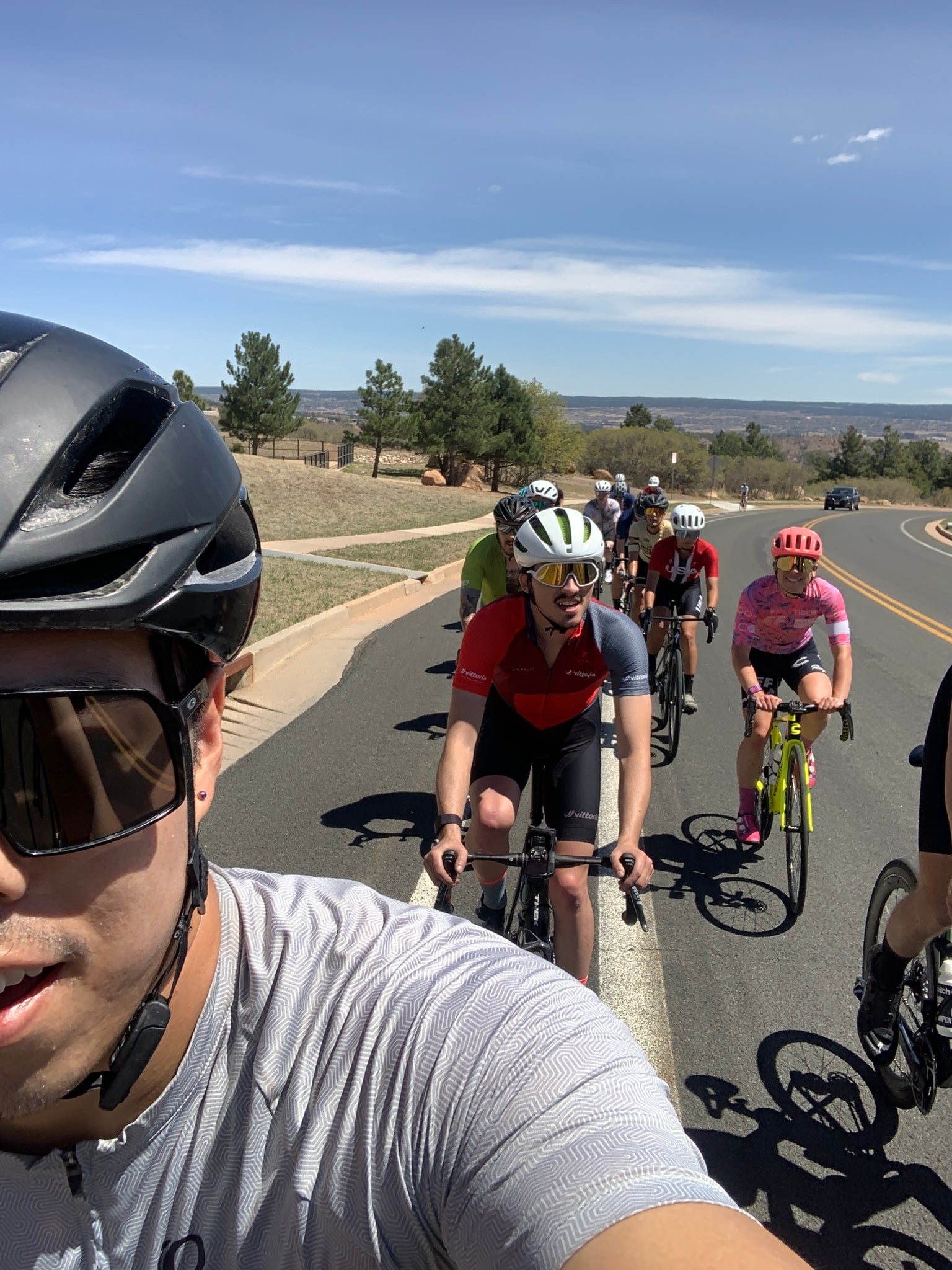 Everyone was running less than 70 PSI.
Everyone was running less than 70 PSI.
Rolling around the parking lot, I didn’t like it. This is going to be so slow, I thought. The tires had a bit of give when I bounced in the saddle. It almost felt squishy. I figured I’d humor Glenn and his mechanic until our first planned stop. Then, I’d ask to go back to my familiar 85 PSI.
An hour later, we made it to the first stop. A van pulled up and the mechanic got out and asked if anyone needed anything. I asked for a pump with a tire pressure gauge, but not to air back up. I wanted to try lowering my tire pressure more!
I remember this ride so well because it marked a pivotal shift in my thinking. With cyclocross, gravel, and mountain bikes, I had no problem flirting with the limit of how low I could go with tire pressure. But with road bikes I had a mental block. Pavement is different, I thought. High pressures were better because they felt faster. Fast people (pros) used higher pressures. This was simple logic.
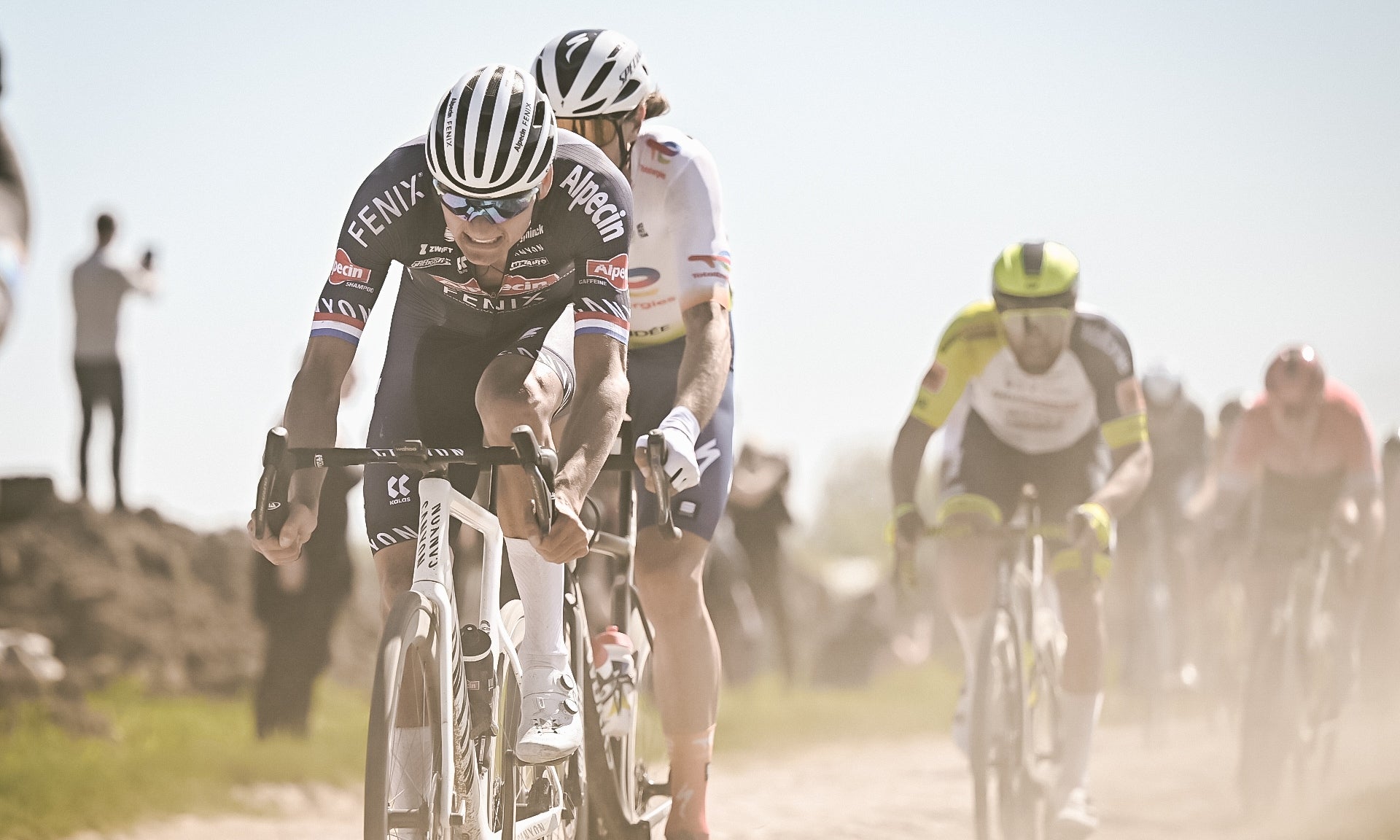
At Paris-Roubaix, Matheiu van der Poel's mechanic said he'll go as low as 50 PSI. Photo: A.S.O./Pauline Ballet
That logic was finally shattered when I started chasing the industry veterans, local hitters, and EF Education-Tibco-SVB riders in my group. We were flying, attacking on climbs, and racing down fast descents. 65 PSI didn’t feel slow. It felt smooth, comfortable, and confidence-inspiring. It glided over bumps and felt glued to corners. I like to think of myself as a tech geek who’s open to innovation and new ideas. But somehow, with road tire pressure, I had become entrenched in old and outdated ideas of what was “right.”
I went home excited to experiment. After playing around with tire pressures as low as 50 PSI, I went back up and eventually settled on 60 PSI — very close to what Glenn and his mechanic had initially suggested. The tire experts did know something I didn’t.
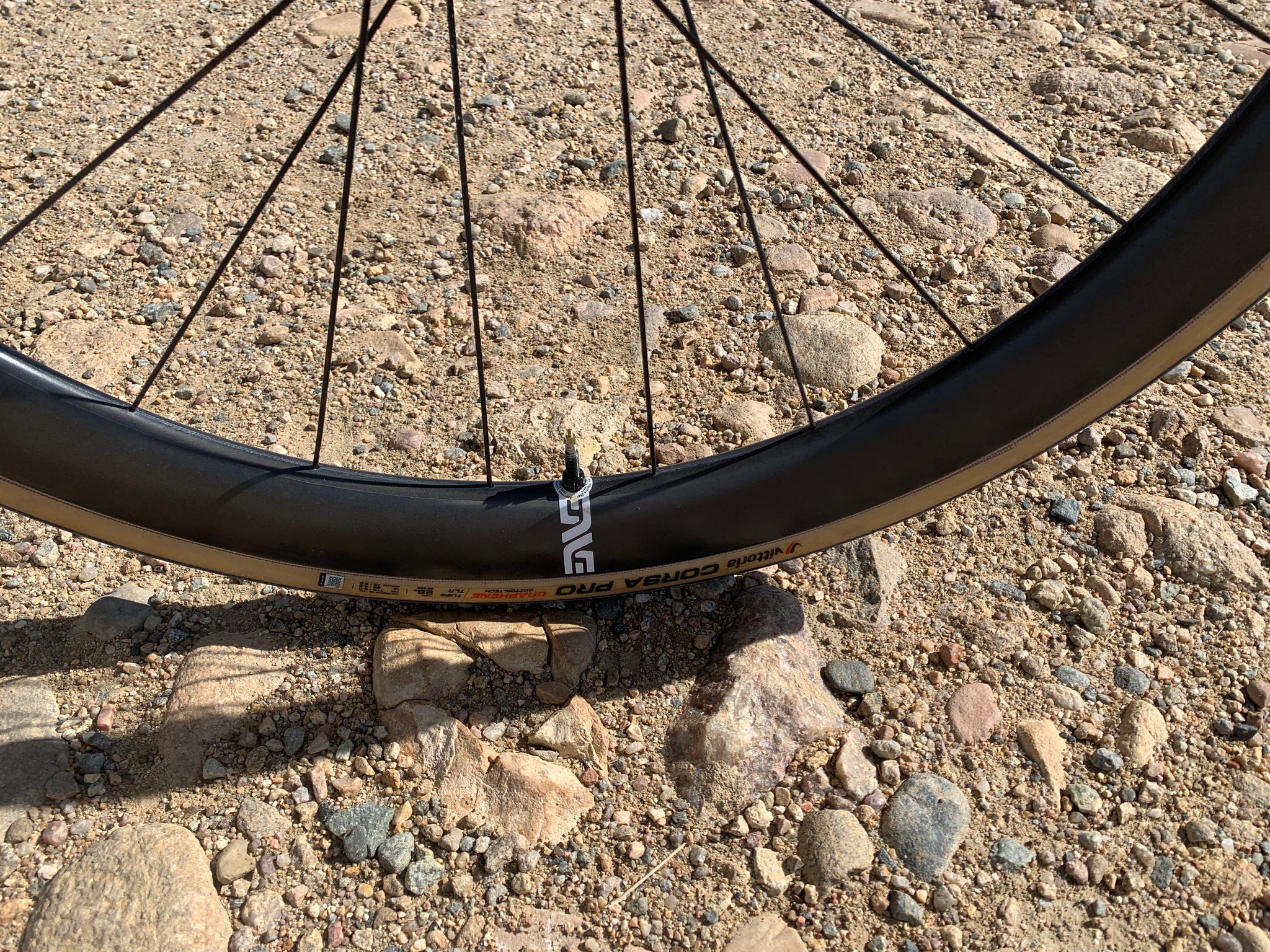
An extreme example of what a 28mm road tire at 60 PSI can smooth out.
That feeling of give that I hated at first has become what I expect from my road tires. I’ve gone back to 85 PSI, even 70 PSI, and I’m a bit surprised that I used to ride that. At 85 PSI, hitting some of the cracks in my local roads sent jolts up my body. At 60 PSI, I can still feel them, but they’re nicely muted. The best part is that this huge increase in comfort doesn’t seem to come with any noticeable speed penalty (more on that in a moment).
Over the last couple of years, 60 PSI has remained my preferred tire pressure through multiple 28mm tubeless tire models — the Vittoria Corsa N.EXT and Corsa Pro, the Continental GP 5000 S TR, and the Specialized S-Works Turbo. Recently, I put a set of wider 32mm S-Works Mondo tires on my bike, and have since dropped my tire pressure down even lower to 57 PSI. I’m a real low-pressure convert.
Low Tire Pressure = The Cycling Illuminati At Work?
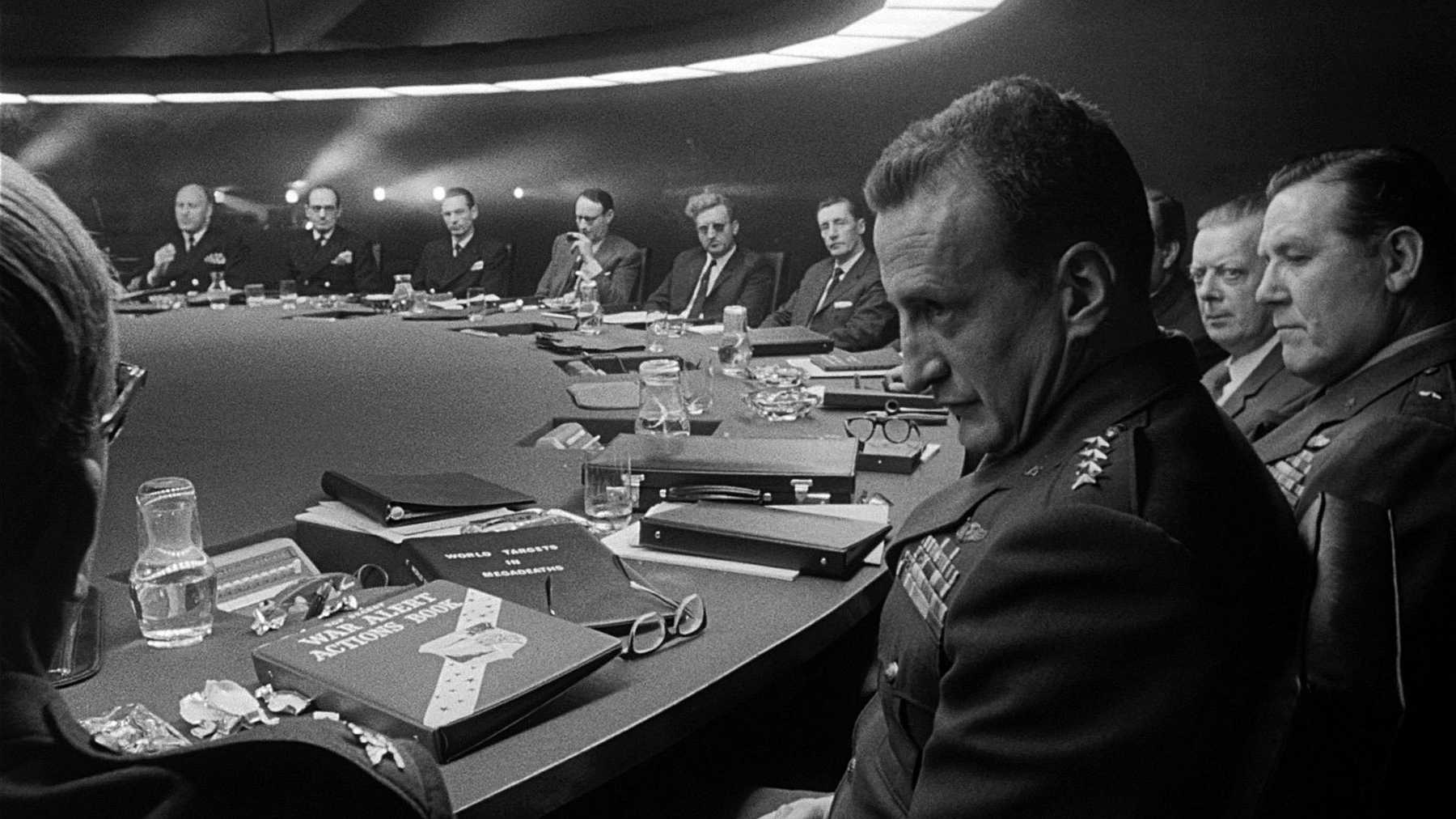 "How do we convince people to switch to tubeless?" the Illuminati, probably.
"How do we convince people to switch to tubeless?" the Illuminati, probably.
The best tire pressure and tire setup is the one that makes you feel the most comfortable AND confident.
Dropping my tire pressure 20-25 PSI provided a lot of extra comfort (obviously), but there has been another nice upside: tubeless sealant seals punctures much more reliably because lower pressures make it easier for the sealant to coagulate.
I used to use a tire plug for every puncture, but with my tires at 60 PSI, it became a rarer occurrence. I’ve had many punctures that have sealed with very minimal air loss. I can complete these ride without stopping or adding air. Brilliant. The future has arrived!
I always get a lot of "nice" comments when I talk about tubeless road wheels and tires. Is there a conspiracy orchestrated by the cycling Illuminati to get everyone to spend money on new crap they don’t need? Yeah, probably. There are secret board meetings where our corporate overlords decide which “innovation” to push next.
Seriously though, I’m not really here to convince anyone that they have to like hookless rims, tubeless road tires, or even lower tire pressures. Just because something works for me, doesn’t mean it will work for everyone.

Successful seals happen more often at lower pressures.
The best tire pressure and tire setup is the one that makes you feel the most comfortable AND confident. If a classic clincher pumped up over 100 PSI makes you feel and ride your best, then more power to you.
The main lesson I learned back in 2022 is this: I shouldn’t knock something until I try it.
I was incredibly resistant and it took temporarily losing control over my bike setup to get me to even try riding tires under 70 PSI. Now, I prefer it and I have no interest in ever going back.
Is Lower Tire Pressure Faster? What’s TOO Low?
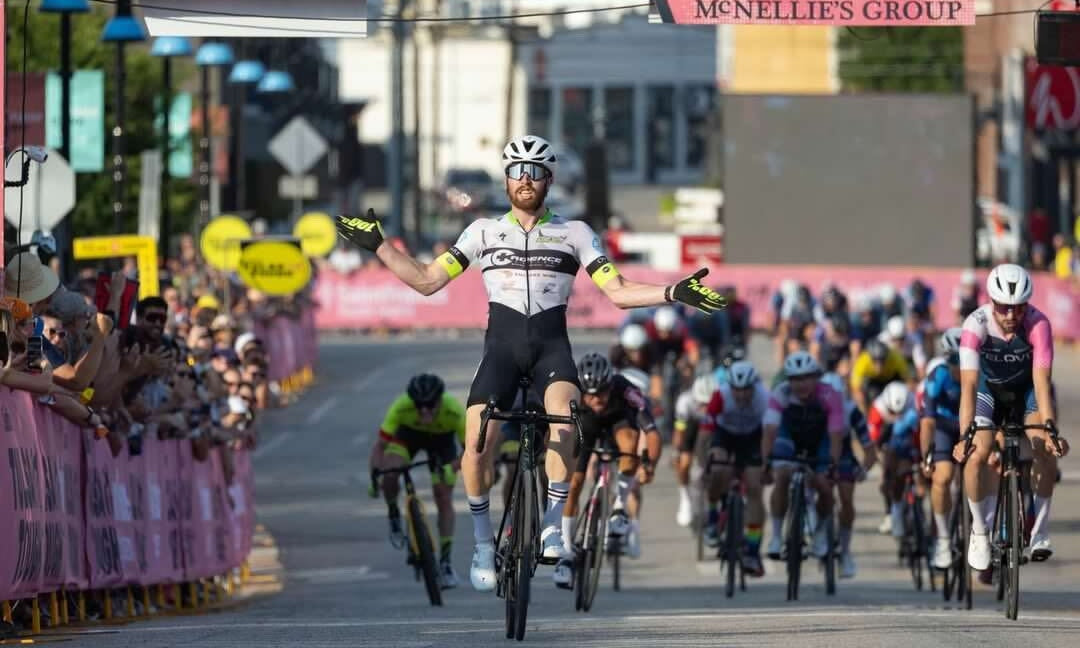
My co-worker Andy Heuser is 205 pounds and won at Tulsa Tough with his 28mm tires at 70 PSI. Photo: SnowyMountain Photography.
This is not a question I can necessarily answer. I don’t have any fancy scientific equipment to test rolling resistance. Tests at bicyclerollingresistance.com seem to indicate that higher pressures are marginally faster, but those tests are performed on a steel drum. Roads in the real world, on the other hand, are rarely perfectly smooth.
Cracks, bumps, potholes, broken pavement, and loose gravel can knock a high pressure around and slow you down. In theory, lower tire pressures reduce energy loss by allowing the tire to conform to these road imperfections. More reputable sources like Jan Heine and FLO have already covered this.
One of my favorite YouTube channels, Norcal Cycling, did an unscientific test comparing tires set to 100, 75, and 50 PSI, and found that there was no major difference in lap times on his test lap. It’s worth a watch if you have a few minutes, even if you just skip to his results:
Again, not super scientific, but very, very compelling.
Even if 60 PSI was slower than my previous 85 PSI, I’m not sure I’d go back. The comfort is so nice. I feel fresher and happier on my longer rides and I feel like I can ride harder for longer.
How low is too low? If you’re bottoming out your rim on cracks and potholes, then your tire pressure is too low. For me, this never happened, even when I got down to 50 PSI. I lost confidence in corners way before my tires were soft enough to bottom out easily.
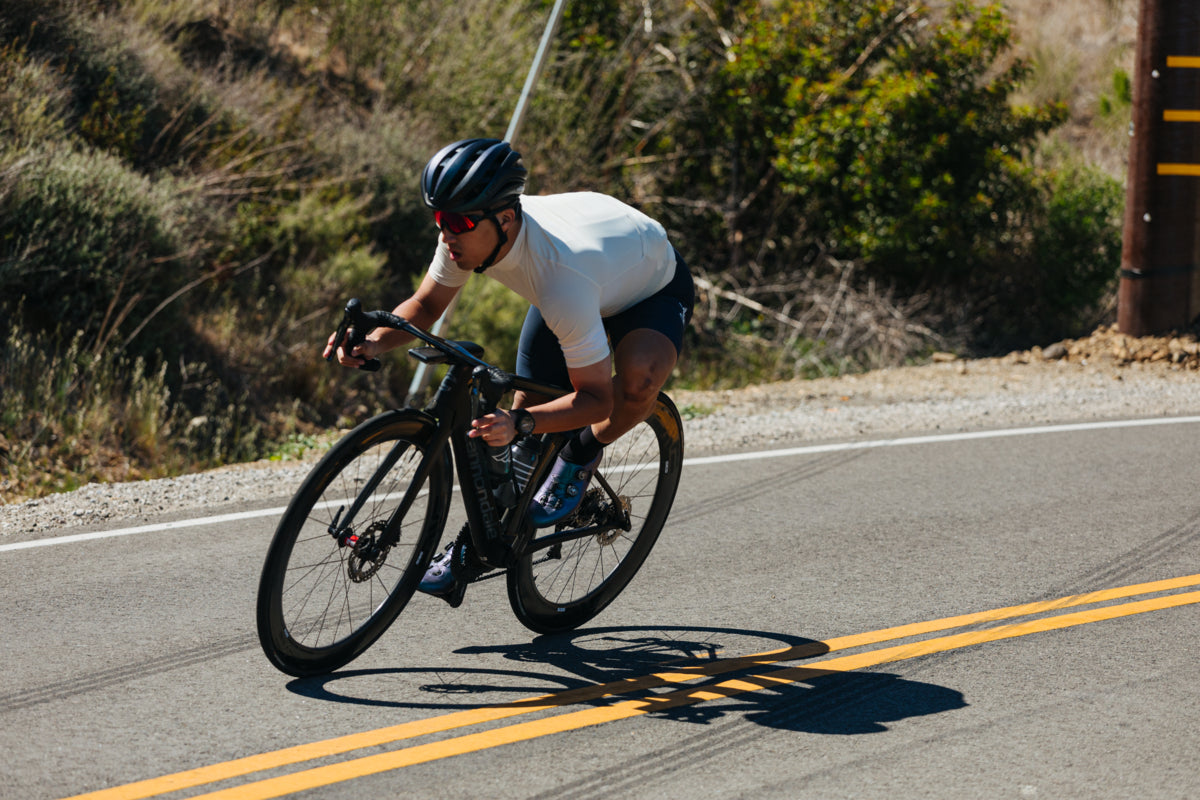
When the tire pressure is too low, the tires start to feel squirmy in fast corners. My confidence goes from sky-high to in the gutter as I worry about burping the tire or rolling it off the rim. I’ve never done this, and stories I’ve heard about it are apocryphal, but the squirminess keeps that idea at the forefront of my mind.
Testing how my tires felt in fast corners was how I decided that 60 PSI was ideal for me. I can ride at 50 PSI happily too, as long as I don’t hit corners very hard. If you’re running tubeless road tires, experimenting with the low end of what you think the “right” pressure is worth it. Of course, use a tire pressure chart or a good calculator to find a starting point, but don’t be afraid to go LOW.

























